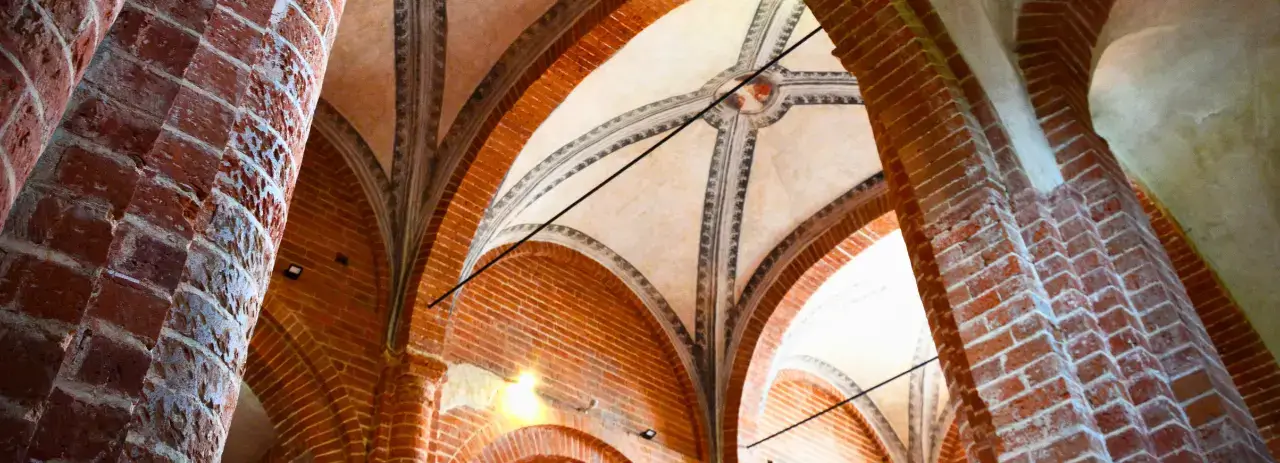Robbio PV
Romanesque Architecture in Robbio
Robbio, a stop along the Via Francigena, boasts remarkable examples of Romanesque architecture: the Church of San Valeriano and the Chapel of San Pietro. Both structures have a historical connection to this medieval pilgrimage route. Church of San Valeriano Located on the “Via Reale” leading to Rosasco, the Church of San Valeriano was originally a Cluniac priory founded between 1068 and 1095 on the site of an earlier church dedicated to Saint Andrew. At its peak, the monastery received substantial land donations from imperial and feudal sources. However, starting in the late 16th century, the monastic buildings suffered significant damage. The church itself experienced the collapse of its transept in the 17th and 18th centuries and was repurposed as an agricultural building, although its internal structure remained largely intact. After a long period of neglect, in 1967 the complex was transferred to the parish church, which later undertook restoration work that restored the church’s architectural splendor and continued its use.
Chapel of San Pietro, restored in 1960 to its original appearance, the Chapel of San Pietro is a Romanesque gem dating from between 1125 and 1150. It retains 16th-century frescoes attributed to Tommasino da Mortara. This building reflects the craftsmanship of Lombard artisans from the northwestern Padania, likely the same ones who worked on the Cluniac Abbey of San Valeriano. However, the bell tower was added later, in 1884. Thirteenth-century documents mention a nearby hospital named “Hospitale quod est iuxta portam S. Petri de Rodobio,” which served pilgrims traveling along the Via Francigena.

